Can ‘Unprecedented’ Industrial Growth Continue?
In the first article of our 2020 outlook series, Cushman & Wakefield Logistics and Industrial Lead for the Americas Tray Anderson analyzes the dynamic and attractive property sector.

Tray Anderson, Logistics and Industrial Lead for the Americas, Cushman & Wakefield. Image courtesy of Cushman & Wakefield
The U.S. industrial market is getting ready to officially close another successful year. Third quarter absorption was close to 49 million square feet, bringing the year-to-date total to 148.4 million square feet, according to Cushman & Wakefield’s latest market research. Construction levels of industrial product are close to 337 million square feet, marking a record high for both square footage and percentage of inventory, according to the same report.
Also, for the first time in the last nine years, new supply is on course to outpace overall demand by nearly 70 million square feet. Tray Anderson, logistics and industrial lead for the Americas at Cushman & Wakefield, discusses why this will not negatively impact the market and what we can expect from the industrial sector for the next 12 months.
READ ALSO: Industrial Investment: What Makes a Successful Value-Add Strategy
Have there been growth periods that exceed the one we are in now?
Anderson: I’ve worked in this industry for over 20 years, and this growth period is unprecedented. In 2019, vacancy numbers for industrial real estate have remained at historic lows of 4.8 percent, while asking rents are reaching new nominal highs and the industrial product under construction continues to grow nationally.
Industrial is on the rise and has become a great place to invest and park capital. In my experience, the industrial sector has been historically undervalued and that is simply no longer the case. Occupiers are looking more holistically at their portfolios. We’re seeing a consideration for all costs—from tax incentives to labor—and industrial real estate is increasingly a large part of that conversation.
Could you name the most important shifts you have seen in the sector so far?
Anderson: This growth period is less of a boom and more of a transformation. Fundamentally, occupiers want to optimize their profits and losses, and this now requires a more critical eye towards a company’s entire real estate portfolio. Businesses, specifically those in retail, are increasingly asking questions about optimizing industrial space because elements across the supply chain and last-mile logistics have become essential to a business’s success.
For example, each retailer must consider their optimal transaction model. Should a business offer a buy-in-store option paired with delivery or a buy-online option with two-day home delivery—or both? And what sort of real estate does that require? The truth is retail space is expensive, and many businesses are investing in a larger industrial footprint to achieve a more optimal, cost-effective business solution.
READ ALSO: Industrial Investors Shift Strategies: Report
What are the main trends and challenges in the sector?
Anderson: One of the major trends I’ve experienced is a shift in ideology around industrial real estate as a competitive advantage. This sector has traditionally been approached in silos, and now, these silos are being broken down, so the full business landscape is clearer.
When it comes to challenges, private equity stands out. Private equity has been an influential factor in the growth of industrial real estate in recent years, and if it’s here to stay, there’s a good chance it will continue to disrupt the current market.
We’ve been hearing rumblings about retail-to-industrial conversions. What can you tell us about this trend?
Anderson: We’ve actually found retail-to-industrial conversions are much less common than perceived. Conversion rates for this kind of transformation are still very low despite the sub-5 percent vacancy rates the industrial market has seen over the past 12-18 months.
The instances of retail-to-industrial conversions in the last few years are a mere sliver in the overall amount of new industrial deliveries, making up less than one 10th of one percent (0.073 percent) of total industrial inventory and just one 10th of one (0.107 percent) of existing logistics inventory.
Name the top three emerging logistics/industrial markets in the U.S.
Anderson: While it is difficult to highlight just three in the U.S., Phoenix definitely stands out as a market that has undergone a transformation in the last decade. Additionally, Nashville and Dallas have grown tremendously.
A big driver in Phoenix is the proximity to California. Phoenix is well placed in the west to offer space and labor at a more feasible cost than surrounding cities like Los Angeles. Los Angeles industrial real estate is at 1.6 percent vacancy with 0.6 percent of inventory under construction. Phoenix, on the other hand, has held at approximately 7 percent vacancy with 2.5 percent of inventory under construction.
Separately, Nashville has seen an average of 4.3 million square feet of space under construction over the past several years with industrial space on track to post record-breaking new construction numbers by year-end. The industrial economy is booming as large companies relocate here to take advantage of a young workforce in this central location.
The Dallas and Fort Worth industrial market has grown by 30 million square feet since the third quarter of 2018 and shows no signs of slowing. This region has the largest amount of construction activity in the pipeline with nearly 35 million square feet and is becoming one of the most popular markets in the country.
What can you tell us about the main sources of capital for industrial/logistics investment?
Anderson: There’s certainly no shortage of capital flowing into industrial real estate. It has been—and remains—one of the most favored asset classes among investors of all stripes and for good reason. It has consistently outperformed other property types in the current cycle, driven by voracious demand for newer, high-quality facilities capable of supporting ecommerce fulfillment and for well-situated assets close to consumer’s doorsteps.
While private capital acquisitions increased across most product types in the first three quarters of 2019, industrial accounted for three quarters of the rise in transaction volume. Institutional acquisitions more than doubled, and industrial portfolio sales have been red hot as investors seek to build scale quickly.
But single-asset sales are also setting new records, suggesting that broad-based industrial liquidity will continue.
What are your expectations for the sector in 2020? How will an economic slowdown impact the segment?
Anderson: I don’t expect 2020 to bring any drastic changes to the transformation we’ve recently been experiencing.
This year, new supply is on track to outpace overall demand by about 70 million square feet, and for the sixth consecutive year, the industrial market is on track to surpass 200 million square feet nationally. This will deliver enough new supply to accommodate growth but not enough to significantly alter deal leverage or derail rent growth.
As we look to 2020, I anticipate developers will be thoughtful in their approach, ensuring the pace we’ve seen to date is still optimal, while considering emerging markets that traditionally weren’t prioritized.
Technology and machine learning will also play an increasing role as occupiers look for further efficiencies. In reality, two thirds of the total industrial inventory in the U.S. is currently devoted to logistics, and 60 percent of the available space is more than 20 years old. There is a significant opportunity for innovation in this sector.


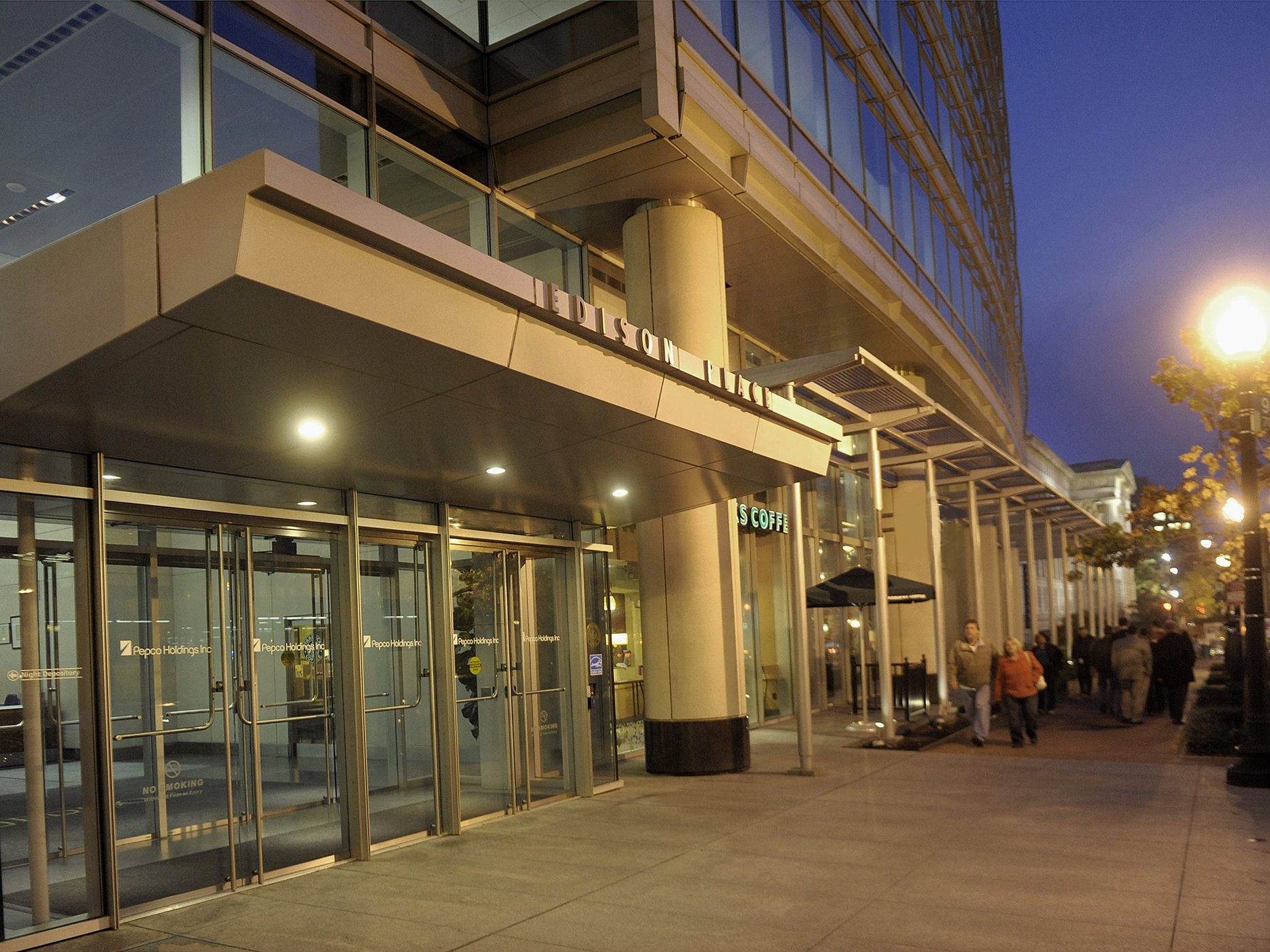
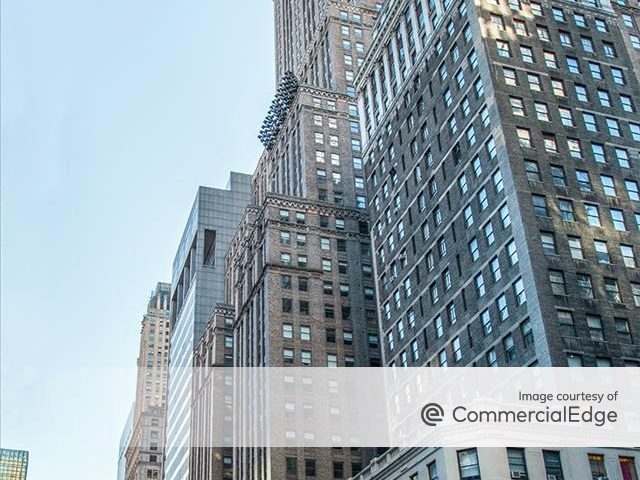
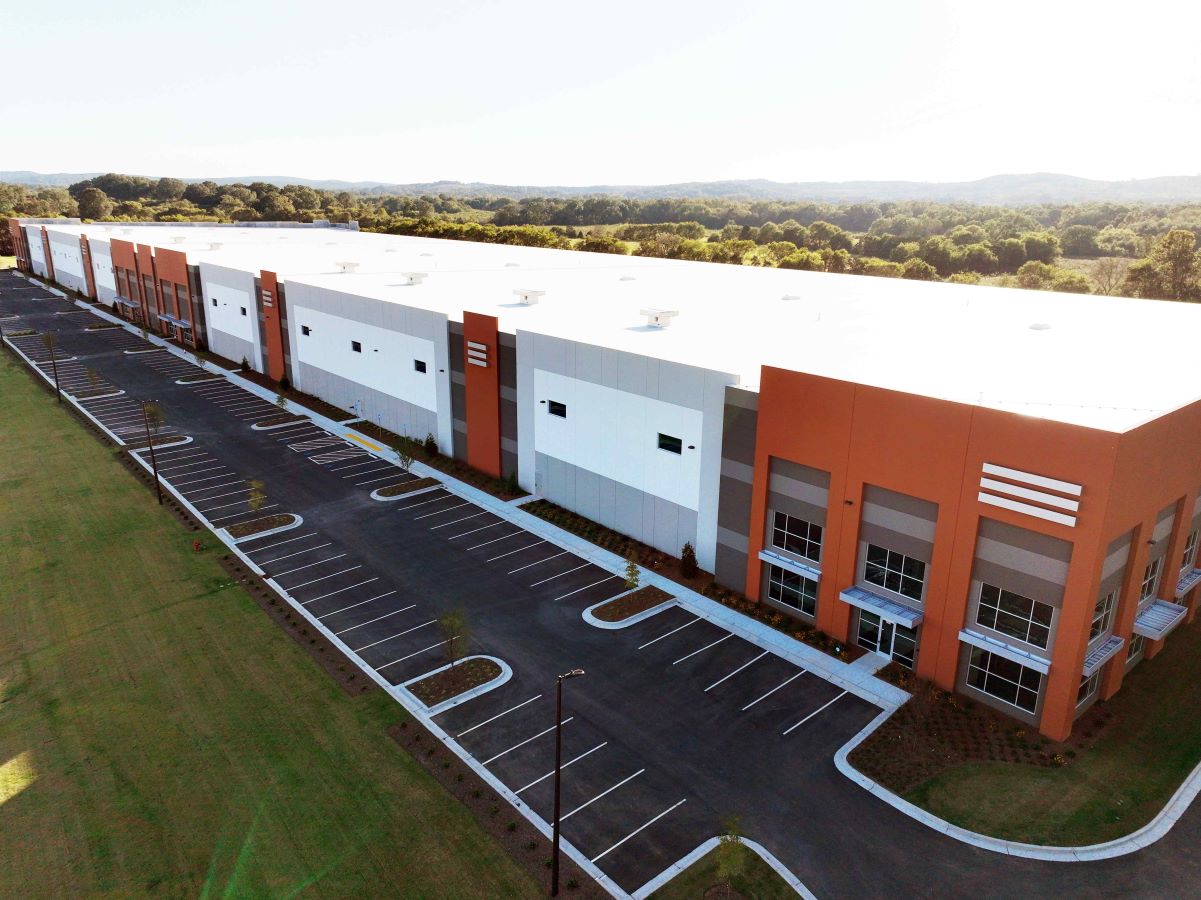
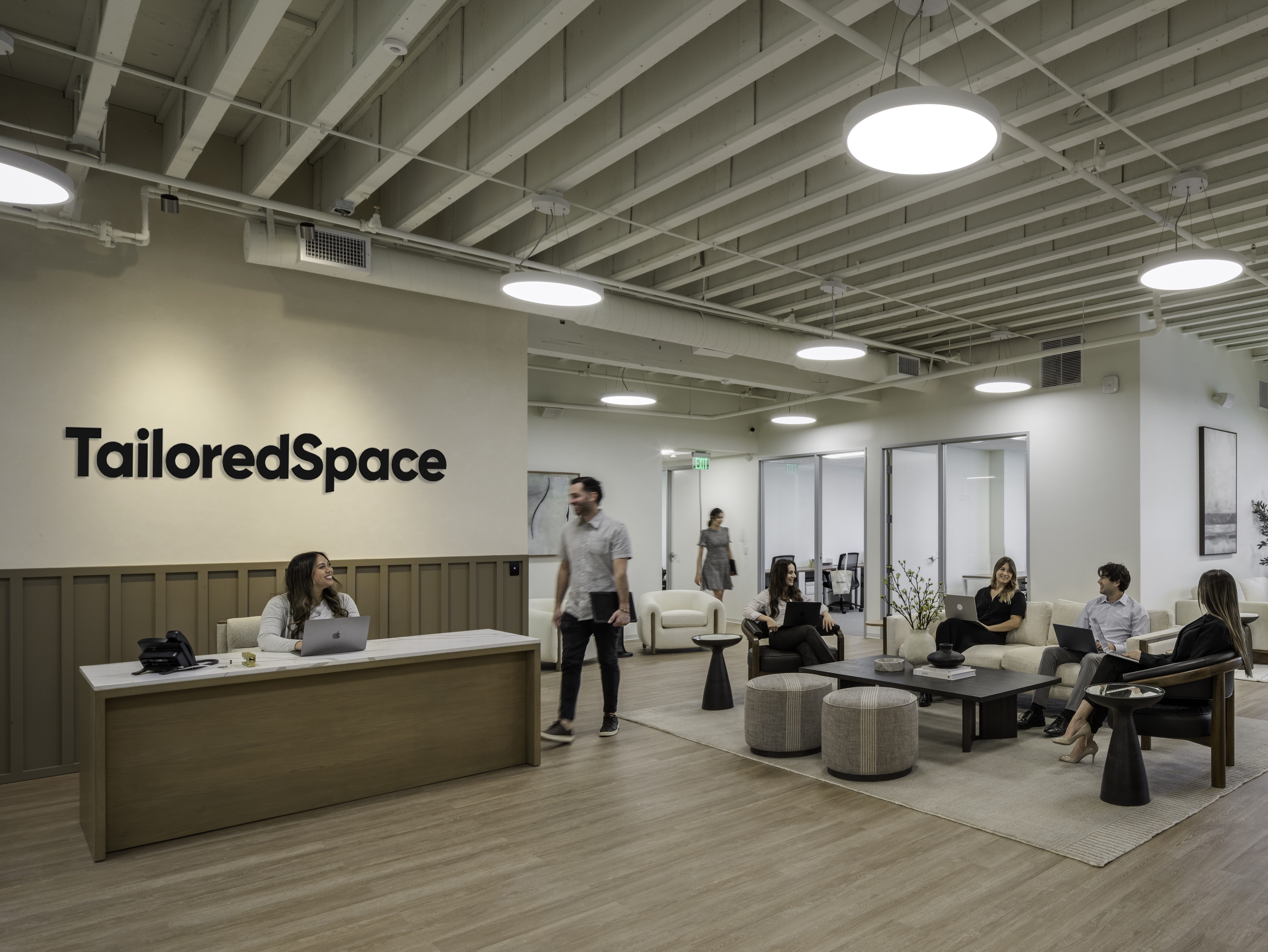
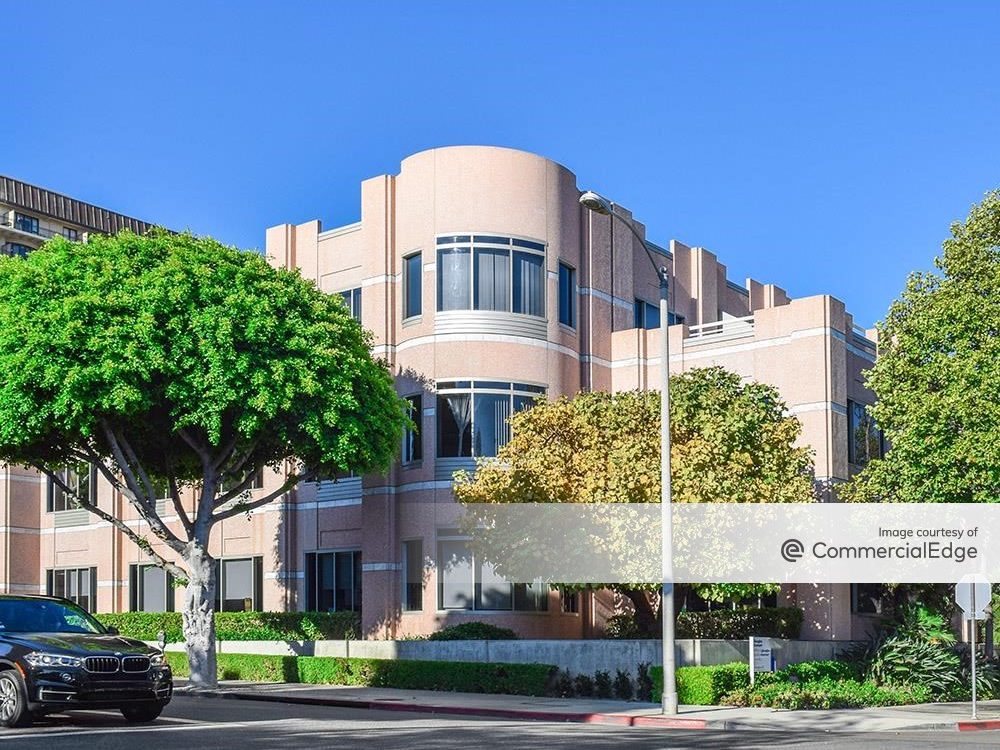

You must be logged in to post a comment.